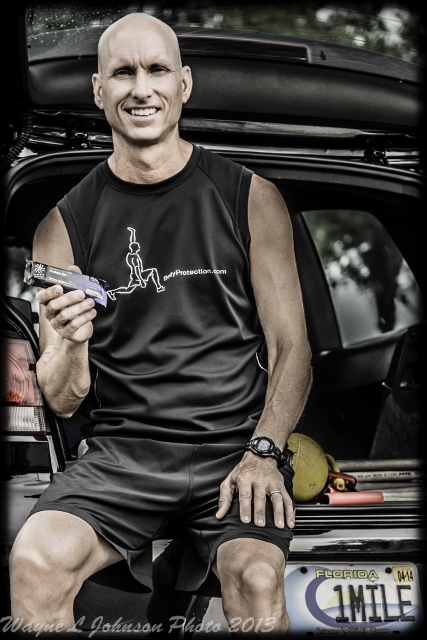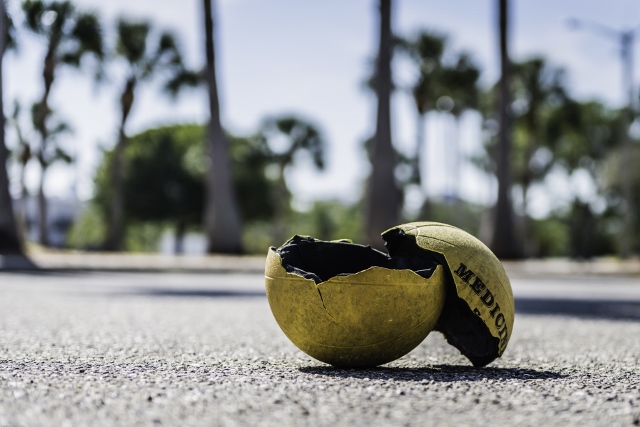Whether you are an elite athlete or an amateur enthusiast, one element of your lifestyle that will undoubtedly improve your sporting performance is your diet. Nutrition and lifestyle are key elements to the way in which you can perform physically and mentally, and despite the lengths that people will go to with their training, diet is all too often forgotten about. The basics of nutrition can be found in many different online resources and it’s important to gain a good understanding of what your body requires to perform at its optimum level and then implement this into your diet. If you are looking for an extra boost to your diet that will dramatically improve peak performance and give your body a ‘hit’ of goodness, juicing could be the answer.
What is Juicing?
Juicing is essentially the process of extracting the juice of fruits and vegetables and drinking them. Some nutritionists advocate juice fasting for periods of time for anyone interested in cleansing their bodies or losing weight, and this has been proven successful time and again. Athletes however, use juicing in order to boost their nutrient levels and give their bodies a timely injection of energy before, during, and after sporting activity. Almost all of the nutrients and goodness from the fruit and vegetables remain in the juice but the fiber is taken out, leaving a highly concentrated juice drink.
When you drink a fresh fruit or vegetable juice (which does not contain the fiber) the body is able to transport the vitamins and minerals around the body extremely efficiently. This provides you with a ‘quick fix’ of healthy, vibrant, natural energy. Because the fiber has been extracted from the juice, the digestive system does not have to remove it, meaning less work for the same nutritional goodness. The digestive system uses up to 60% of the body’s energy when it is working hard to digest a big meal, and this is why you often feel lethargic after consuming a large feast. Juicing is a quick and effortless way for you to get an influx of nutrients into the body.
How Can Athletes Utilize Juicing?
Juicing can be used to great effect by athletes who are looking to maximize the body’s potential as it allows you to load the body up with nutrients without using up valuable energy during digestion. You can also consume much more equivalent fruit and vegetables as it is condensed into a refreshing drink. Used as part of a well planned training and nutrition regime, juicing really can provide you with an additional boost just when your body needs it.
Freshly squeezed juices contain huge amounts of electrolytes, which help to rehydrate the body, and getting it from natural juices is the healthiest way. If you are really looking to give the body a boost of nutrients, you can also add in some natural hemp protein powder, spirulina, or wheatgrass powder to help the body to fight fatigue in the aftermath of heavy exercise. Research shows that the optimum time for the body to take in natural proteins in around 30 minutes after exercise, so having a juice drink 30 mins after exercise will be a great way to replenish lost nutrients.
For greatest effect, juices should be consumed on an empty stomach as this is the quickest way for your body to extract the goodness from the liquid. This means that on a race day you can utilize the body boosting power of juicing by consuming a nutrient dense juice one hour before the event, another during the race (if possible) and then another 30 mins after completion, with added natural protein powder if desired. This regime can also be followed on training days.
How to Get Started
There are countless different recipe ideas and combinations out there, with some being particularly good for short term energy boosts, and others for prolonged energy usage. The trick is to try as many different juices as you like and see what works best for your body. Beetroot, cantaloupe, pineapple, kale, spinach, celery, apple, orange, pear, lemon, and watermelon are all great items for athletes to juice as they provide tons of energy for the body. A ‘green juice’ may take a little bit of time to get used to as the flavors are particularly strong, however your body will reward you for sticking with it. You can always start with more fruit based juices and slowly add in your vegetables if you prefer.
Juicing is the perfect way to stock up on nutrients and energy without placing extra demands on the body due to heavy digestion, so if you want to feel light and energetic before and during exercise, give it a go.
By Lily Hardcastle





